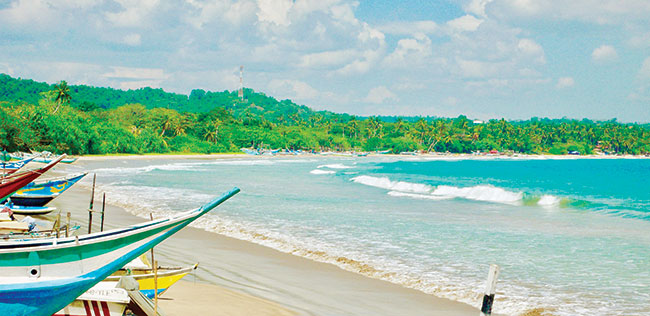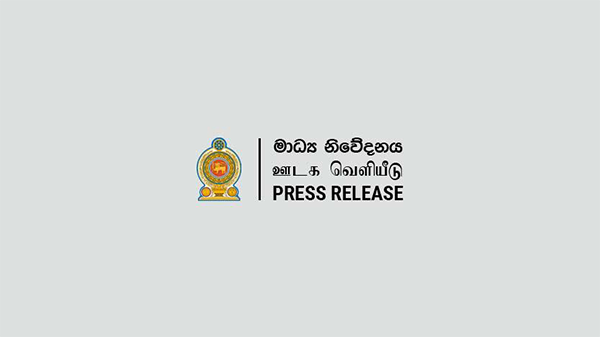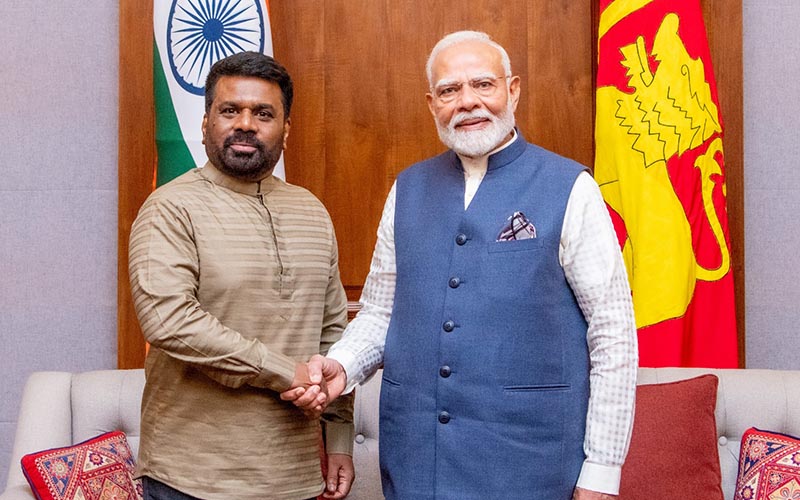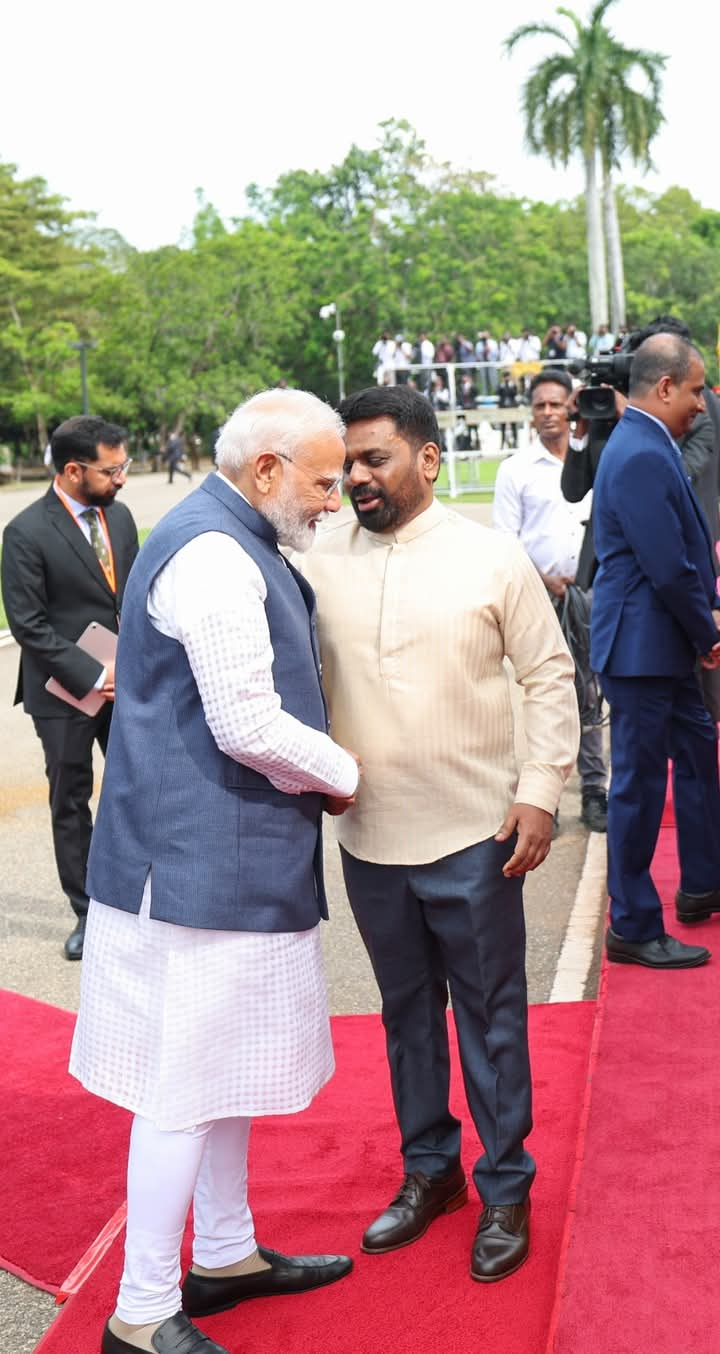News
Mawella Bay, extolled by Lonely Planet, faces threat of destruction

The Mawella Bay, amongst the top 10 most beautiful beaches in Sri Lanka according to Lonely Planet, is under severe threat of destruction due to unplanned coastal constructions. The Sri Lanka Tourism Development Authority (SLTDA) has been fighting a lonely battle against the Coast Conservation and the Department (CCD) and the Fisheries Ministry to stop the destruction of the bay, according to the Mawella Tourism Association (MTA).
The MTA which has a membership of the investors of the beach properties in the Mawella Bay, said in a statement that all their efforts to make the authorities understand that such badly planned constructions will be a detriment to the investors and also give a very bad signal across the globe, has gone unheeded.
Lonely Planet, which has existed for almost 50 years and is probably the most used and trusted guide across the world, advising hundreds of millions of travellers of all budgets every year, describes the bay as mesmerising. “Mawella is a mesmerising yet little-known south coast beach. Its 2km (1.2 mile) crescent-shaped bay is backed by just a handful of boutique hotels, villas and simple bungalows, basking in vast palm-shaded grounds. Despite being just 7km (4.3 miles) from Tangalla, those in the know come here for a rare taste of southern escapism and plan to do very little at all. That said, the rolling waves are fun for body-boarding, and the long beach is super for break-of-dawn runs.”
“The proposed structures that might well spell the end for this beautiful beach, includes the 300 metres long stone anchorage which is already built and two offshore breakwaters which is said will mitigate erosion. However, there has been no scientific approach in the planning of these suddenly proposed structures, which may well seal the fate of this beautiful internationally lauded coastal stretch,” says a spokesperson for the Association.
An Environmental Impact Assessment (EIA), which is the best possible mechanism available under the law to ensure fair play, was not conducted in regard to the proposed hard structures. Despite Sri Lanka Tourism instructing the Fisheries Ministry and the CCD to consult stakeholders in this regard, it went unheeded. The two state agencies instead decided to go ahead with just an Initial Environmental Examination (IEE), which does not require stakeholder consultation.
The SLTDA has put the Fisheries Ministry and the CCD on notice in this regard stating that these constructions were not done with the consultation of all stakeholders.
The MTA says they have no confidence in the current design and plans of the CCD because the anchorage that has been built in the bay is faulty in design and the other plans for the breakwaters also are not being done in any scientific manner. Their views are backed by a coastal scientist who they consulted on this matter.
The consultant, Charitha Pattiaratchi, Professor of Coastal Oceanography at the University of Western Australia has said that the construction of the two 60m offshore breakwaters is not recommended because they are being located in a region with high waves and current activity. “The region for the proposed breakwaters is a highly complex region in terms of hydrodynamics and sand transport. The breakwaters will retain sand in the lee which will interrupt the alongshore transport of sand. As the sand retained would be from regions along the ~1.5 km length of beach there is a strong probability of extreme erosion in other regions of the Bay,” says the Professor.
There have been many reports in the past done by experts on hard coastal structures in coastal areas with undesirable repercussions. Kem Lowry of the University of Hawaii and H.J.M. Wickremeratne of the Coast Conservation Dept. who did a feasibility study on ‘Coastal Area Management in Sri Lanka’ presented a report in 1988, where a section on ‘Ill-designed Coastal Erosion Protection Structures’ refer to several reactive measures taken by the Coast Conservation Department (CCD). They state in their report that while these were probably done under public pressure to prevent erosion, they have without a doubt proved disastrous and some of the structures were built without any scientific understanding of the local coastal dynamics. The result was the ‘solution’ to prevent erosion in one area, causing considerable erosion to occur elsewhere.
A more recent research project carried out by the Asian Development Bank Institute (ADBI) in March 2021 titled, ‘Are coastal protective hard structures still applicable with respect to shoreline changes in Sri Lanka?’, refers to human influence on nature. It says the application of hard structures is least able to control coastal erosion in a large area because while it may be good for the site it is not helpful for adjacent areas. It says the environment will remain under its natural conditions as long as humans introduce no alterations.
Latest News
Discussions between Sri Lankan and Indian delegations at the presidential secretariat

Following the conclusion of bilateral discussions between President Anura Kumara Disanayake and Prime Minister of India, Shri Narendra Modi, official-level talks between the delegations of Sri Lanka and India commenced this morning (05) at the Presidential Secretariat in Colombo.
Representing the Government of Sri Lanka were Prime Minister Dr. Harini Amarasuriya, Minister of Foreign Affairs, Foreign Employment and Tourism, Vijitha Herath; Minister of Labour and Deputy Minister of Economic Development, Anil Jayantha; Secretary to the President Dr. Nandika Sanath Kumanayake; Governor of the Central Bank of Sri Lanka, Dr. P. Nandalal Weerasinghe, along with other senior officials.
The Indian delegation included Minister of External Affairs Dr. S. Jaishankar, National Security Advisor Ajit Doval, Foreign Secretary Vikram Misri and His Excellency Santosh Jha, High Commissioner of India to Sri Lanka, along with several other senior officials of the Government of India.
Latest News
Indian Prime Minister Shri Narendra Modi arrives at the presidential secretariat

Indian Prime Minister Shri Narendra Modi, who arrived in Sri Lanka on the invitation of President Anura Kumara Disanayake on Friday [04] night, visited the Presidential Secretariat this morning (05).
The Indian Prime Minister was warmly welcomed by President Anura Kumara Disanayake upon his arrival at the Presidential Secretariat.
Prime Minister Modi is currently on a state visit to Sri Lanka, reaffirming the theme “Friendship of Centuries — Commitment to a Prosperous Future” which symbolises the longstanding ties between Sri Lanka and India. The Indian Premier is scheduled to remain in the country until tomorrow (06).
[PMD]
Latest News
Indian PM receives warm welcome

The official welcoming ceremony for Indian Prime Minister Narendra Modi, was held this morning (05) at the Independence Square in Colombo.
On arrival at the Independence Square the Indian Prime Minister was warmly welcomed by President Anura Kumara Disanayake.
-

 Business2 days ago
Business2 days agoStrengthening SDG integration into provincial planning and development process
-

 News6 days ago
News6 days agoBid to include genocide allegation against Sri Lanka in Canada’s school curriculum thwarted
-

 Sports7 days ago
Sports7 days agoSri Lanka’s eternal search for the elusive all-rounder
-

 Business23 hours ago
Business23 hours agoNew SL Sovereign Bonds win foreign investor confidence
-

 Sports3 days ago
Sports3 days agoTo play or not to play is Richmond’s decision
-

 News7 days ago
News7 days agoComBank crowned Global Finance Best SME Bank in Sri Lanka for 3rd successive year
-

 Features7 days ago
Features7 days agoSanctions by The Unpunished
-

 Features7 days ago
Features7 days agoMore parliamentary giants I was privileged to know











